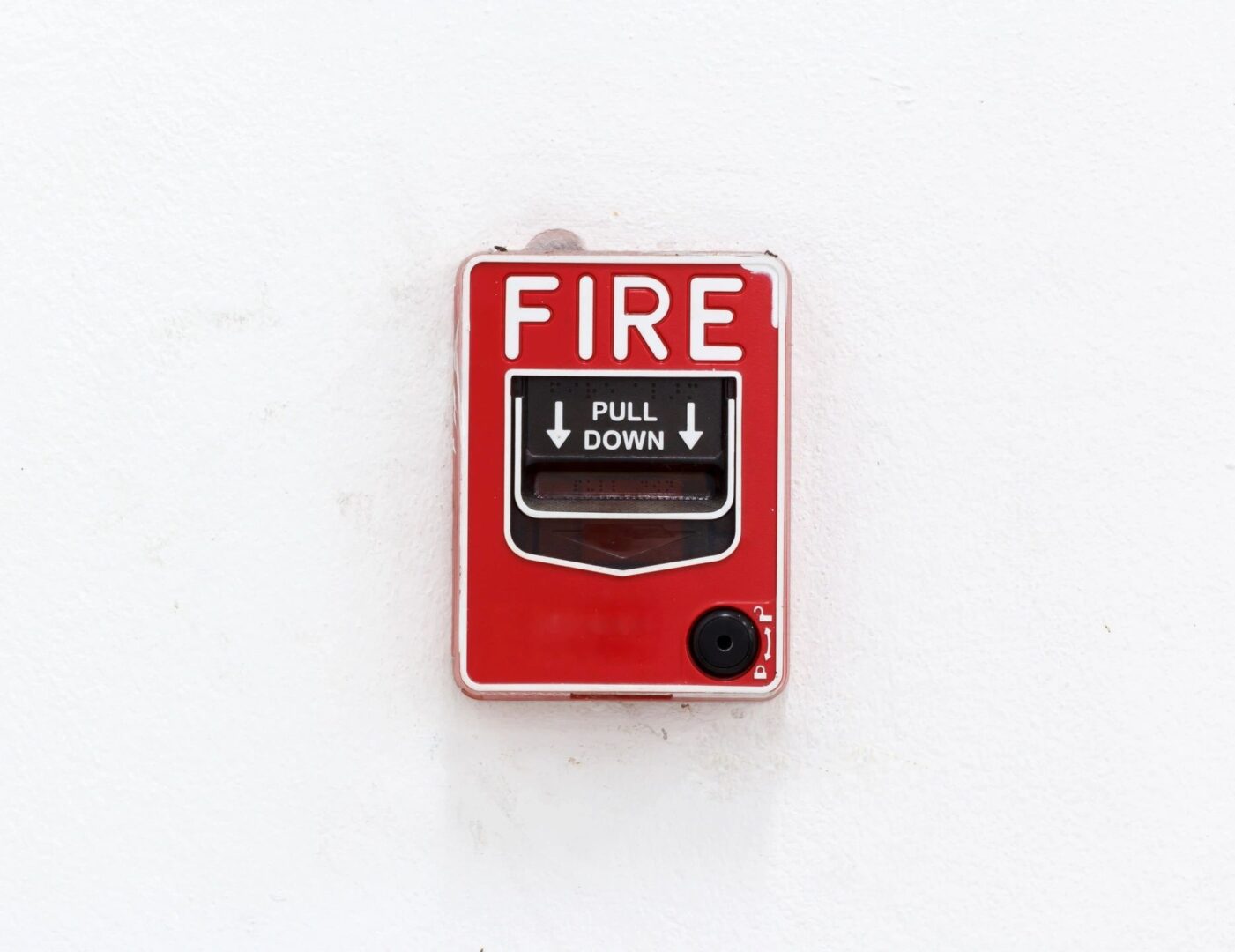
How Does a Fire Alarm System Work?
Understanding the Essential Components and Operational Principles
Fire alarm systems are the backbone of fire safety in commercial and residential buildings. They play a critical role in detecting and alerting occupants to the presence of a fire, enabling timely evacuation and minimizing potential damage. Understanding how a fire alarm system works can empower you to make informed decisions about fire safety measures for your property.
In this blog, we will explore the essential components and operational principles of a fire alarm system, shedding light on its inner workings.
Detection: Smoke Detectors and Heat Detectors:
At the heart of a fire alarm system are the detection devices, namely smoke detectors and heat detectors. Smoke detectors are designed to sense the presence of smoke particles in the air. They utilize different technologies, such as ionization or photoelectric, to detect smoke and trigger the alarm. Heat detectors, on the other hand, respond to the rapid rise in temperature caused by a fire. These detectors can be spot-type or linear, and they provide an additional layer of detection, especially in areas where smoke detectors may not be suitable, such as kitchens or dusty environments.
Alarm Notification Devices:
When a fire is detected, the fire alarm system needs to alert occupants to evacuate the building. This is where alarm notification devices come into play. These devices can include loud horns, strobe lights, or voice evacuation systems, depending on the specific requirements of the building. The alarm notification devices are strategically placed throughout the premises to ensure that the alert is heard and seen by all occupants, even in noisy or visually impaired conditions.
Control Panels and Initiating Devices:
The control panel acts as the brain of the fire alarm system, receiving signals from the detection devices and initiating the appropriate response. It constantly monitors the status of the system and provides a centralized interface for system configuration and control. Initiating devices, such as manual pull stations or automatic sprinkler systems, are also connected to the control panel. These devices allow occupants or the automatic system to manually activate the alarm or trigger it when the sprinkler system is activated.
Communication and Monitoring:
In larger buildings or interconnected systems, fire alarm systems may be connected to a central monitoring station or the local fire department. This enables off-site monitoring and immediate response in case of an emergency. The monitoring station receives alarm signals from the fire alarm system, dispatches emergency services if necessary, and keeps a record of system events for future reference.
A fire alarm system is a complex network of interconnected components working together to detect and alert occupants of a fire. From smoke detectors and heat detectors to alarm notification devices and control panels, each component plays a vital role in ensuring the system’s effectiveness. Understanding how a fire alarm system works empowers property owners and building managers to make informed decisions regarding fire safety measures.
At 5 Alarm Fire Corporation, we specialize in designing, installing, and maintaining state-of-the-art fire alarm systems that adhere to the highest standards of safety and reliability. Contact us today to learn more about how we can help safeguard your property and occupants with our comprehensive fire alarm services.
Written by Bernadette Merrill, Electrical Contractor, Co-Owner of 5 Alarm Fire Protection, Fire Alarm Services Expert, and Content Writer.
